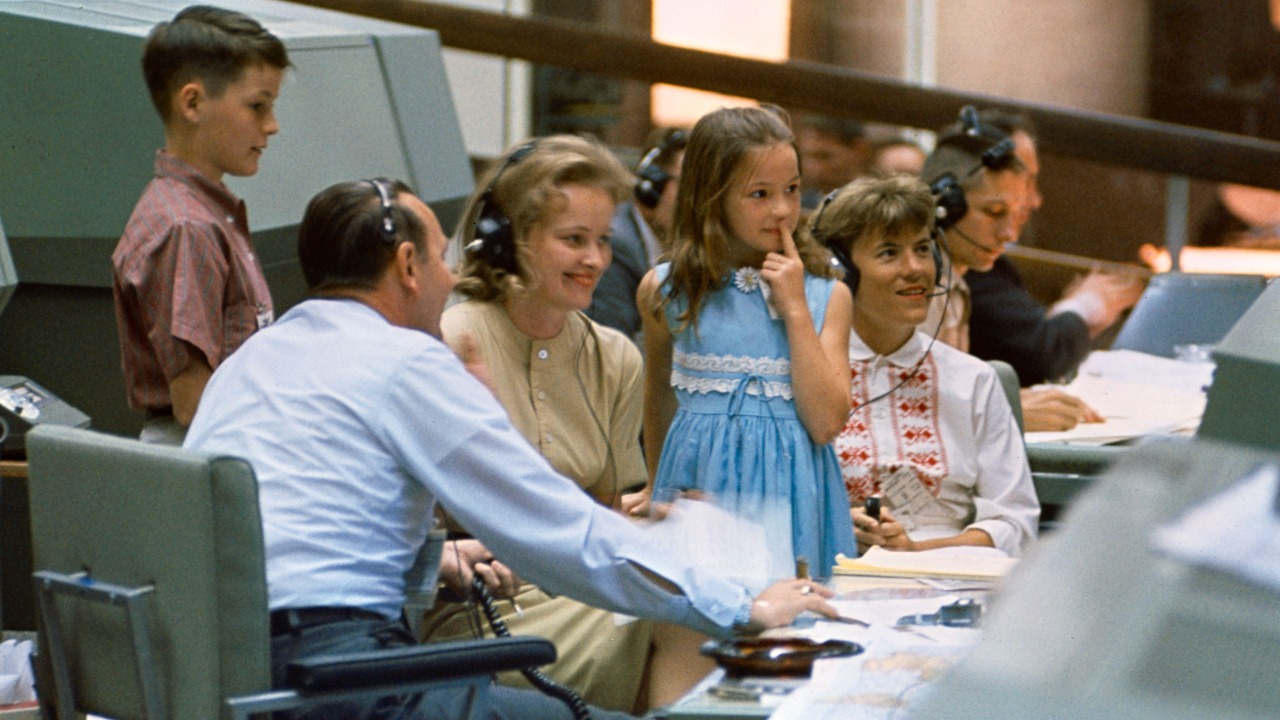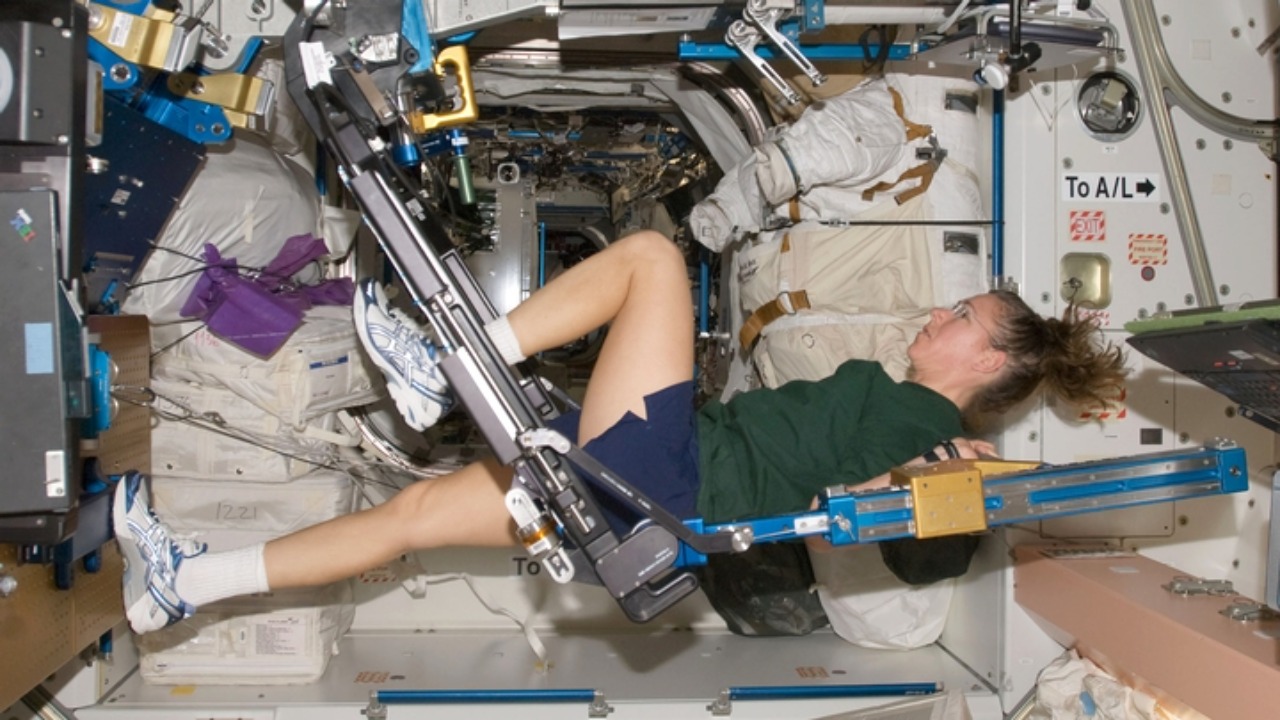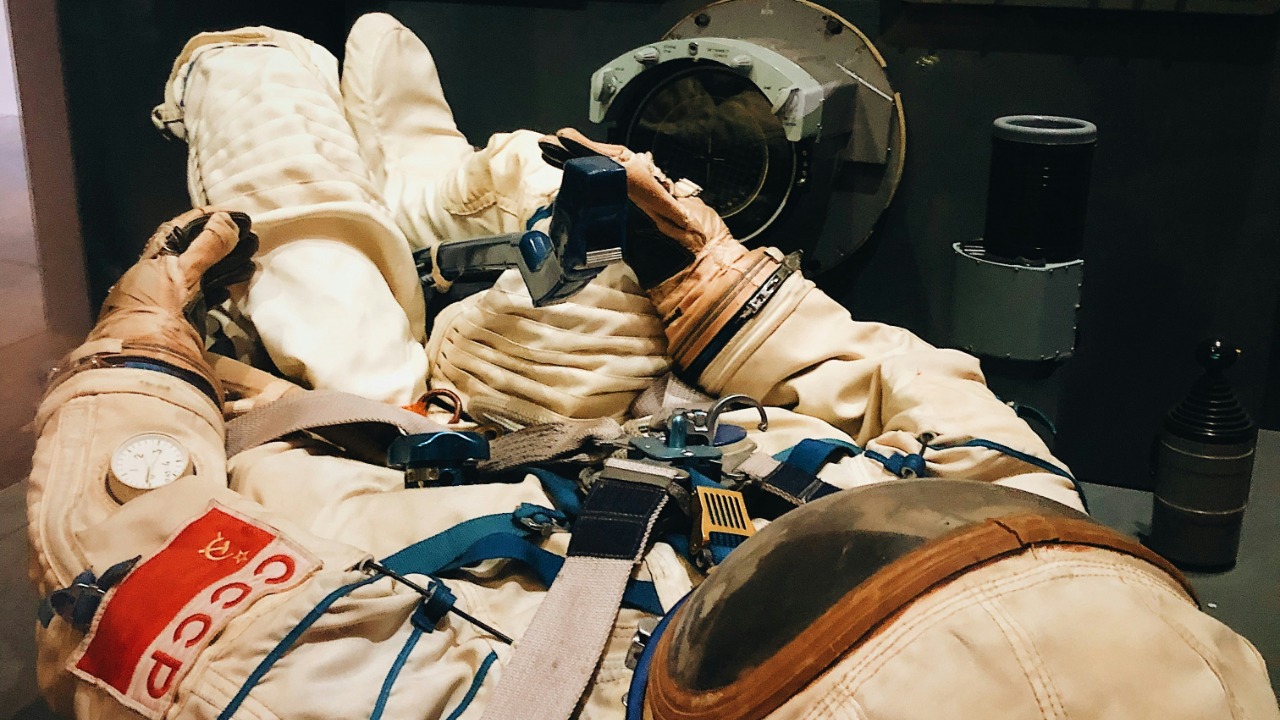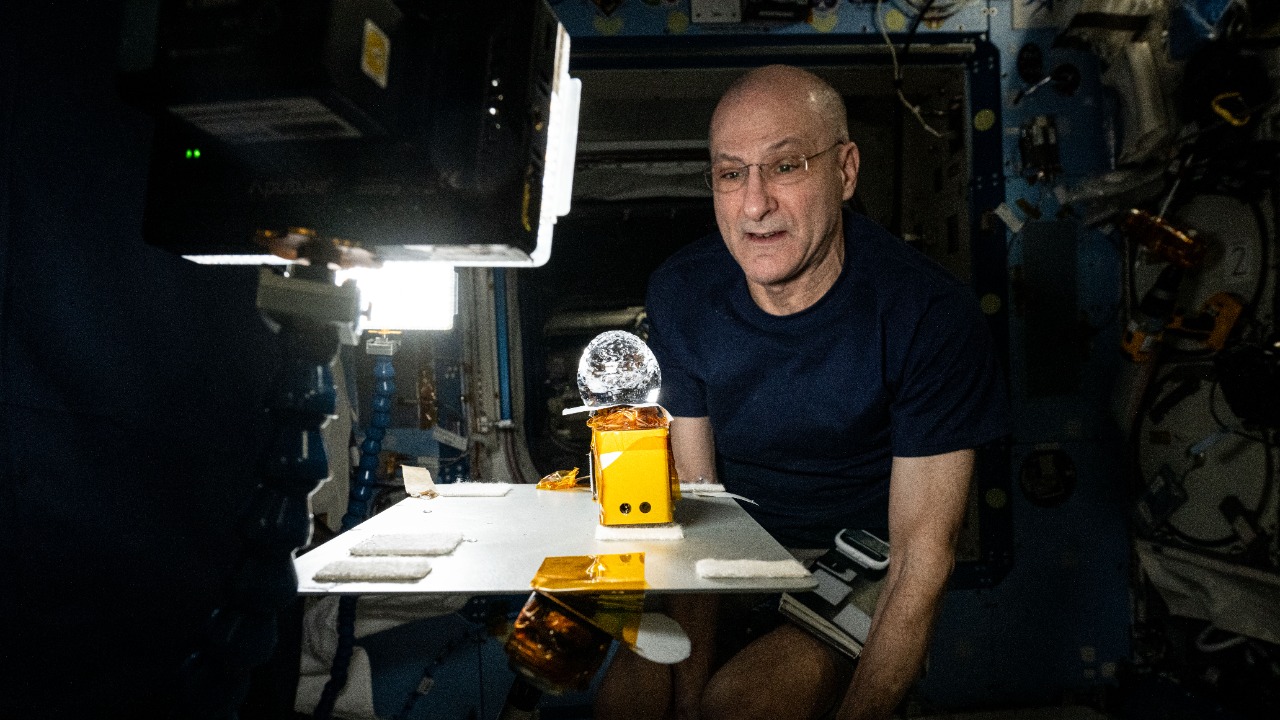
NASA astronauts Barry “Butch” Wilmore and Sunita “Suni” Williams, who launched aboard Boeing’s Starliner spacecraft from Kennedy Space Center in Florida, have faced an unexpected extension of their mission on the International Space Station (ISS) due to technical issues. Originally planned as an eight-day mission, their stay has been prolonged until at least February 2025 because of helium leaks and thruster failures in the vehicle. This situation highlights the significant physical, psychological, and familial challenges associated with extended space travel, as astronauts endure isolation in microgravity while their families cope with prolonged separations.
The Physical Demands of Extended Missions

Extended missions in space present a host of physical challenges for astronauts like Wilmore and Williams. In the microgravity environment of the ISS, astronauts experience muscle atrophy and bone density loss at rates of up to 1-2% per month. To counteract these effects, they engage in rigorous daily exercise regimens lasting about two hours. This physical toll underscores the need for continuous health monitoring and innovative countermeasures to ensure astronauts’ well-being during long-duration missions [Bloomberg].
Radiation exposure is another critical concern, as it can increase an astronaut’s lifetime cancer risk by approximately 3%. The ISS provides only partial shielding from cosmic rays, necessitating ongoing research into protective measures. This exposure highlights the importance of developing advanced shielding technologies for future missions beyond Earth’s orbit [Time]. Additionally, Spaceflight-Associated Neuro-ocular Syndrome (SANS) affects up to 70% of astronauts after six months in space, causing vision impairment due to fluid shifts that exert pressure on the optic nerve. This condition emphasizes the need for comprehensive health strategies to address the unique challenges of space travel [Fast Company].
Mental Health Strains on Astronauts

The mental health challenges faced by astronauts during extended missions are profound. Isolation in the confined environment of the ISS can lead to sleep disturbances and cognitive fatigue. Studies have shown that astronauts may experience up to a 20% reduction in performance on attention tasks after prolonged periods in space. This decline in cognitive function underscores the importance of mental health support and resilience training for astronauts [Time].
To build resilience, NASA psychologists employ virtual reality simulations and pre-mission training programs that simulate six-month isolations. These initiatives aim to prepare astronauts like Wilmore and Williams for the psychological demands of space travel. The uncertainty of return dates, such as the delay affecting the Starliner mission, further heightens anxiety and necessitates real-time counseling from ground teams. This support is crucial in maintaining the mental well-being of astronauts during unforeseen mission extensions [Fast Company].
Emotional Impact on Families

The emotional toll of extended space missions extends beyond the astronauts themselves, significantly affecting their families. Spouses and children of astronauts face heightened stress due to prolonged separations. Research indicates that family members may experience elevated cortisol levels, akin to chronic anxiety, during these missions. This stress highlights the need for robust support systems to help families cope with the emotional challenges of having a loved one in space [Space.com].
NASA’s Family Support Network plays a vital role in providing counseling and peer groups for the relatives of ISS crew members. These resources help families like Williams’ manage the emotional void left by prolonged absences. Unexpected mission extensions, such as the one caused by the 2024 Starliner issue, disrupt planned reunions and amplify feelings of helplessness among loved ones. This emotional strain underscores the importance of comprehensive family support programs [Bloomberg].
Coping Strategies and Support Systems

To maintain mental well-being during extended missions, astronauts engage in various coping strategies. Scheduled video calls with family members and engaging in hobbies like reading or music are essential for maintaining morale. For instance, Wilmore has utilized these activities to cope with his extended stay on the ISS. These personal connections and leisure activities are vital in mitigating the psychological effects of isolation [Bloomberg].
Ground-based psychological interventions, such as biofeedback tools, are integrated into NASA’s protocols for missions exceeding six months. These tools help astronauts manage stress and maintain mental health. Additionally, families participate in debriefings and community events post-mission, which aid in their readjustment after the return of their loved ones. Such support systems have proven effective in helping relatives of previous long-duration crews, as reported by the BBC [BBC].